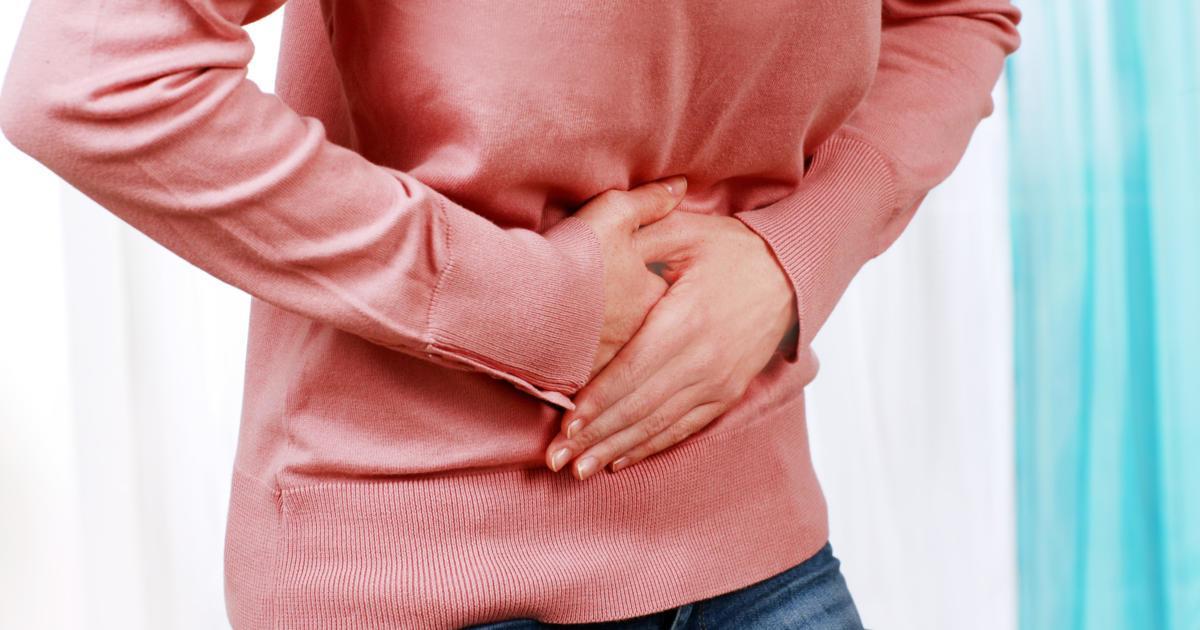5 Abdominal Pain Warning Signs
Abdominal pain is characterized by pain located between the pelvic region and the chest. Organs located within the abdominal area that may be affected include the kidneys, large and small intestines, spleen, appendix, gallbladder, stomach, pancreas and liver.
Abdominal pain may be an indication of inflammation, disease, blockage, or abnormal growths. Infections such as bacterial, parasitic, or viral may also cause abdominal pain. Other causes of abdominal pain may include constipation, diarrhea, vomiting, kidney infection, the stomach flu, stress, and acid reflux.
Abdominal Cramps

Abdominal pain that is characterized by cramps may be due to menstruation in women, diarrhea, constipation, gas, or bloating. Many times, abdominal cramps are the result of eating a food that is not easily digested or is high in fiber. Drinking a large amount of water may help reduce pain associated with eating the wrong foods. Women who experience abdominal cramps may find this to be a normal symptom of menstruation. It may also indicate complications in female reproductive organs.
Generalized Pain

Pain that is not limited to one specific organ or area of the stomach is known as generalized pain. Generalized pain may feel like an achy or dull pain throughout the entire abdominal area. This may be an indication of several problems including appendicitis, an injury, the flu, a urinary tract infection, Crohn’s disease, or IBD. If experiencing generalized abdominal pain it is best to seek a medical professional to figure out the cause and the best course of action to treat it.
Lower Abdomen Pain

Pain in the lower abdomen is located above the pelvic bone or near the lower region of the intestines. Lower abdomen pain may be associated with menstrual cramps, an intestinal obstruction, appendicitis, or problems with pregnancy. See a doctor immediately if rectal bleeding occurs in addition to abdominal pain as this may be an indication of a serious disease.
Upper Abdomen Pain

Upper abdominal pain may be an indication of liver problems such as hepatitis (inflammation of the liver). Pain in the upper abdomen may also be associated with gallstones, pneumonia, or a heart attack. The combination of upper abdominal pain and nausea may be a sign of heartburn or acid reflux. Pain located in the upper abdominal area may also indicate an enlarged spleen, hard stool that cannot be passed, or an injury.
Intermittent Pain

Intermittent abdominal pain is pain that comes and goes. It is not constant. Intermittent pain may be associated with food allergies or a bad reaction to certain foods. Keeping a food journal helps keep track of all the possible foods that may be causing abdominal discomfort after meals. Be sure to write down what you ate, the time of day your meal was eaten, and how you felt afterwards in order to determine whether food is the cause of your intermittent pain.
